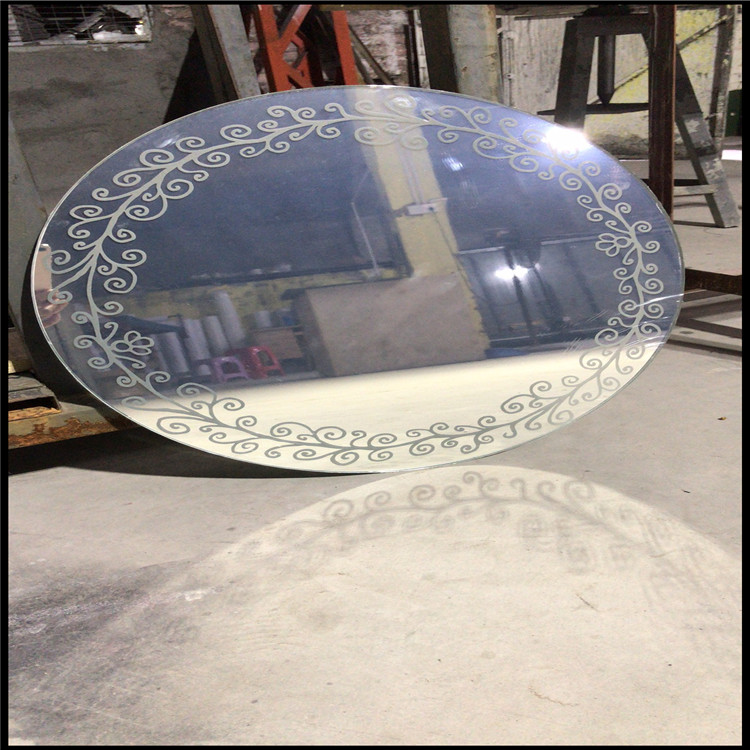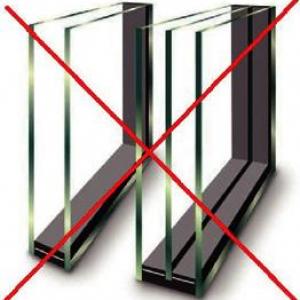Types of Mirrors: Concave, Convex, and Plane Mirrors
Mirrors play a crucial role in our everyday lives, aiding in various tasks from grooming to scientific experiments. Understanding the different types of mirrors—concave, convex, and plane—helps comprehend their unique properties and applications.

1. Concave Mirrors
Concave mirrors curve inward, resembling a portion of the inner surface of a sphere. These mirrors are versatile and have several notable characteristics:
Image Formation: Depending on the object's position relative to the mirror, concave mirrors can produce real or virtual images. Real images are formed when the object is placed beyond the mirror's focal point, while virtual images occur when the object is within the focal point [1].
Magnification: Concave mirrors can magnify images, making them appear larger than the original object. This property is utilized in devices such as shaving mirrors and makeup mirrors [4].
Applications: Concave mirrors find applications in optical instruments like telescopes, headlights of vehicles, and solar concentrators.
2. Convex Mirrors
Convex mirrors, on the other hand, bulge outward like the exterior of a sphere. They possess distinct characteristics that make them valuable in various scenarios:
Image Formation: Convex mirrors always produce virtual images, regardless of the object's position. These images are smaller and upright compared to the original object [4].
Wide Field of View: Due to their outward curvature, convex mirrors offer a wide field of view, making them ideal for use in rear-view mirrors of vehicles to eliminate blind spots.
Applications: Convex mirrors are commonly found in security mirrors in stores, hospitals, and intersections to enhance surveillance and safety.
3. Plane Mirrors
Plane mirrors have a flat reflective surface and are the simplest form of mirrors. Despite their basic nature, they serve various purposes:
Image Formation: Plane mirrors produce virtual images that are the same size as the original object and appear at the same distance behind the mirror as the object is in front of it [6].
Reflection Laws: Plane mirrors obey the laws of reflection, where the angle of incidence equals the angle of reflection. This property is fundamental in understanding how light behaves when it interacts with surfaces.
Applications: Plane mirrors are used in everyday items like dressing mirrors, bathroom mirrors, and Decorative mirrors. They also play a crucial role in optical experiments and devices like periscopes.
Understanding the differences between concave, convex, and plane mirrors allows us to appreciate their distinct characteristics and applications in various fields. From optical instruments to everyday objects, mirrors continue to be indispensable tools in our lives.
 English
English Russian
Russian




